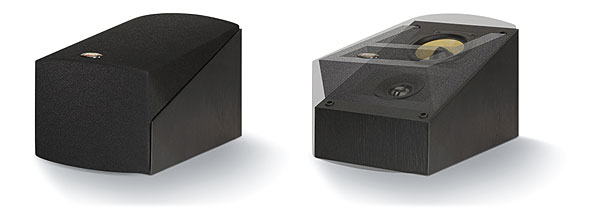I was wondering if I could place the XA modules on the shelf I have along the walls of my tv room? The shelves are about 4' from the floor and about the same from the ceiling. I have B&W speakers with the top mounted tweeter so no hope to have a module that is designed to go on top of these floorstanders.
Would 4 feet from the ceiling be too low for a atmos speaker to bounce the sound up? Also would being next to the wall also not work? I would place them on the wall behind the tv to avoid running wire all the way to the back of the room which also has no good mounting points.


 Family Affair
Family Affair
































































